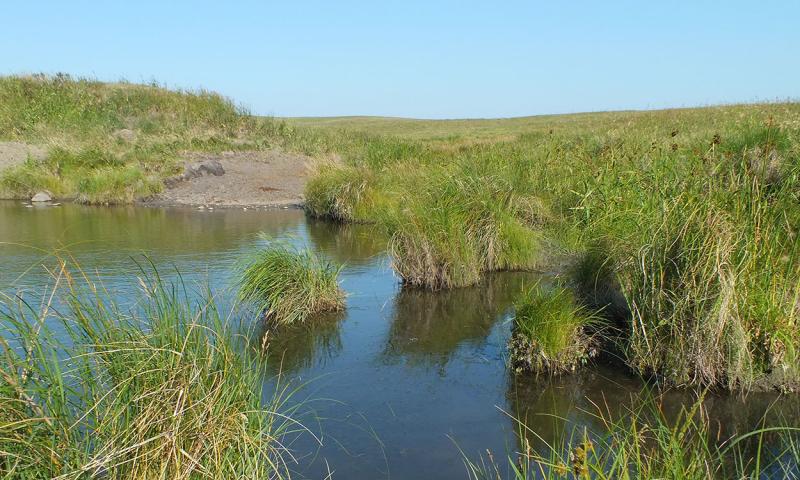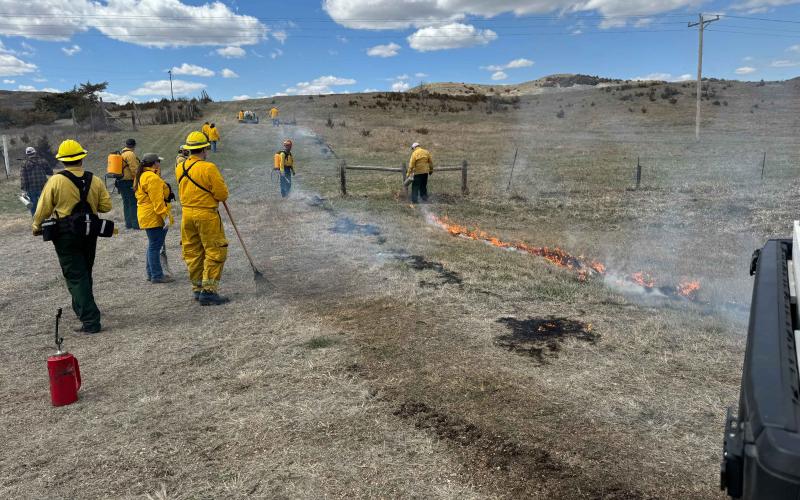Placement of Water and Salt/Mineral Blocks
Proper placement of water and salt/mineral blocks can aid in distribution of livestock within a pasture. By controlling placement of these resources, you control animal behavior and patterns, reducing trampling due to congestion.
Depending on the topography of your land, place salt and mineral blocks away from water sources, sensitive riparian areas, areas of shade, pasture corners or other areas where livestock tend to naturally gather to further distribute grazing and reduce stream bank erosion and pollution around natural water sources.
Grazing Riparian Areas

In the event that your pasture includes riparian areas such as streams, rivers, lakes or ponds you’ll want to take special care of these habitats. A riparian area is the space immediately adjacent to the shore, where water and land interact. These areas usually include abundant plant life, including shrubs and trees, and they are extremely important to water quality and wildlife health.
The health of riparian areas is crucial to the ecosystem and relies heavily on proper management. The care you place on your upland area should be integrated into the riparian area as well. The best way to manage a riparian area is to monitor cattle impacts and thus control the amount of time cattle have access to these areas. Encourage livestock to move away from these areas after a determined amount of time to give the area adequate rest time. Healthy riparian areas can tolerate managed grazing, but care should be taken that hoof action does not compromise the integrity of the riparian area during periods when the soils are susceptible to damage. Once a riparian zone is damaged and erosion begins, recovery can be a very slow process.
Stable riparian areas are beneficial for many reasons including:
- Protection of productive land
- Reduction of sedimentation
- Reduction of damage from high water flows
- Retention of more water
- Provide shade to livestock and wildlife
The Healthy Grasslands article series is provided by the South Dakota Grassland Coalition in partnership with SDSU Extension. Contributing editors: Alexander J. Smart, Peter J. Bauman and Joshua Lefers. © South Dakota Grassland Coalition 2017. For more information, view the full publication or visit the South Dakota Grassland Coalition website.


